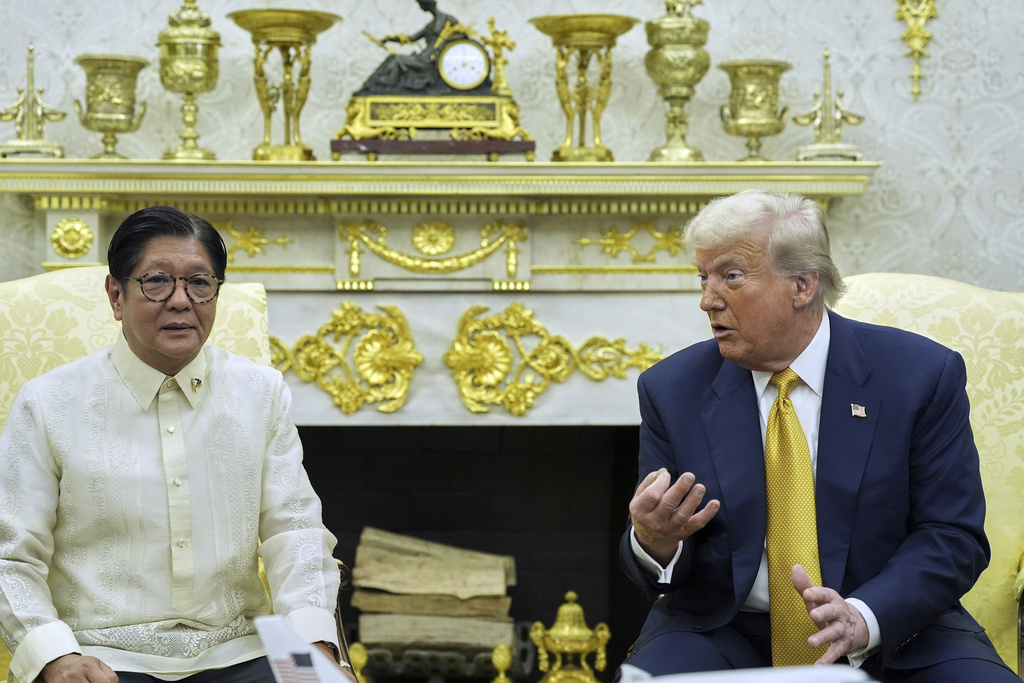Washington finalizes several tariff agreements as Asia-Pacific countries offer concessions

Asia-Pacific leaders were compelled to offer concessions and negotiate from a position of disadvantage during trade talks with the Trump administration, paving the way for the United States to conclude several tariff deals this week, analysts said.
Several Asian countries even offered to purchase aircraft and energy in exchange for lower tariffs, but the US demanded greater access to markets in the region. Analysts noted that these bilateral negotiations were “one-sided”.
The latest tariff deal was announced on July 22, with US President Donald Trump posting on social media platform Truth Social that a “massive deal” with Japan had been completed.
Trump said Japan had agreed to further open its market to US goods, including automobiles, trucks, rice, and other agricultural and industrial products.
Japan will also be charged with a 15 percent duty from Aug 1 — lower than the 25 percent tariff that Trump had threatened to impose in his letter to Japanese Prime Minister Shigeru Ishiba early this month.
Trump also met with Philippine President Ferdinand Marcos Jr at the White House on July 22. Trump later announced on Truth Social that the Philippines will open its market to the US and impose zero tariffs on US goods. In return, the Philippines will face a 19 percent tariff — slightly lower than the 20 percent duty that the country was facing.
Settling for less
Responding to Trump’s post on social media, Ishiba said at a press briefing that the deal “will protect our national interests, help both Japan and the US to create jobs, produce good products, and contribute to various roles in the world going forward”.
Marcos said at a separate press briefing the one-percentage-point cut is a “significant achievement”.
Japan and the Philippines are two of the US’ closest defense allies in the Asia-Pacific region, and both countries have security agreements with Washington.
The US-Philippine deal is “neither fair nor strategic”, according to Anna Rosario Malindog-Uy, vice president of the Asian Century Philippines Strategic Studies Institute, a Manila-based think tank.
“Instead of negotiating as an equal ally, we (Philippines) acted like a client state, surrendering economic tools and sovereign rights for crumbs on the diplomatic table. If we’re not careful, this isn’t just bad economics, it’s a death sentence for national development,” Malindog-Uy said.
Yose Rizal Damuri, executive director of the Centre for Strategic and International Studies in Jakarta, said the ongoing bilateral negotiations on tariffs between the respective Asian countries and the US are “mostly one-sided”.
He told China Daily that while the US got “a lot of offers” such as commitment to buy US aircraft and opening local markets to US goods, it only offered to lower reciprocal tariffs.
Citing the US-Indonesian deal, Damuri said, “Indonesia played its cards and offered (concessions to) the US… but unfortunately the outcome (of the negotiations) might not be what was expected by many Indonesians,” Damuri said.
Erica Tay, director of macro research at Maybank, Malaysia’s biggest bank, said it is “very important to note” that a lot of countries usually offer to buy US aircraft and energy in their bilateral negotiations.
“Why these two areas? Because these countries can only promise on behalf of government entities to make these purchases. They cannot compel their private sector companies to buy US goods and products,” Tay said.
Cloudy trade outlook
On July 15, Trump said the US will cut tariffs on Indonesian goods from 32 percent to 19 percent. For its part, Indonesia agrees to import $15 billion in energy products, $4.5 billion in agricultural items and 50 Boeing jets from the US, and eliminate any duties on US goods.
Trump’s reciprocal tariffs, which he first announced on April 2, have sent ripples across developing Asia, which is export-dependent. The US, the world’s biggest importer, is also the biggest market for most Asian countries.
The Asian Development Bank has cut this year’s growth projections
across emerging Asia-Pacific economies to 4.7 percent, from 4.9 percent forecast in April.
In its flagship report published July 23, the Manila-based lender attributed the downgrade to expectations of reduced exports amid higher US tariffs, global trade uncertainty and weaker domestic demand.
Trump’s tariffs have spurred several Asian countries to conduct negotiations with the US. Apart from Indonesia, Japan and the Philippines, Vietnam also closed a deal with the US early this month.
The US has reduced tariffs on Vietnam to 20 percent from the initial 46 percent after the latter agreed to duty-free imports from the US and to purchase US aircraft.
Malaysia, South Korea and Thailand are currently holding talks with the US.
Hou Junjie in Tokyo contributed to this story
Contact the writer at prime@chinadailyapac.com


